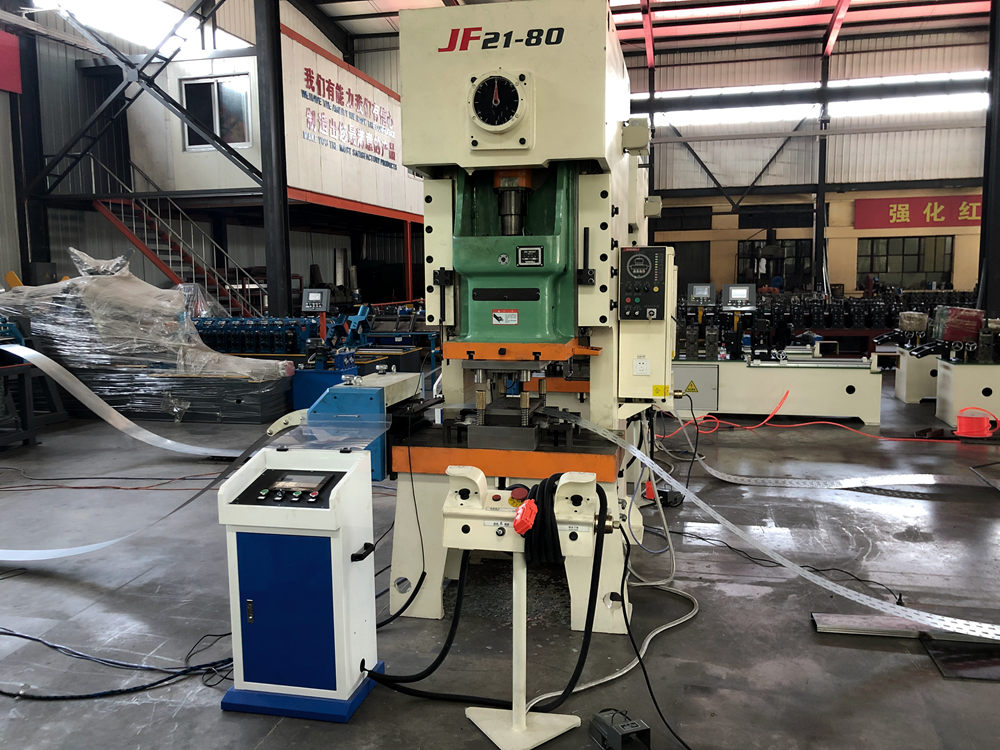
The Evolution of Cable Tray Production Lines
In recent years, the demand for efficient and reliable cable management systems has surged across various industries. The cable tray production line stands at the forefront of this evolution, providing essential solutions for organizing electrical cables in commercial, industrial, and residential settings. As technology progresses and market needs change, the design and functionality of cable tray production lines have also advanced significantly.
Cable trays are essential for supporting and managing electrical cables and wiring. They allow for easy access to cables, facilitate maintenance, and ensure safety by minimizing the risk of cable damage. The production line for cable trays involves various processes that convert raw materials into finished products, which are then distributed for installation in various infrastructures.
The production process begins with raw material selection. The most commonly used materials for manufacturing cable trays include aluminum, steel, and fiberglass-reinforced plastics (FRP). Each material has specific advantages; for instance, aluminum is lightweight and resistant to corrosion, while steel is exceptionally strong and durable. The choice of material typically depends on the specific application and environmental conditions where the cable trays will be installed.
Once the materials are selected, the production process moves on to shaping and cutting. Advanced machinery such as laser cutters, punching machines, and CNC (Computer Numerical Control) machines are utilized to ensure precision and efficiency. Modern production lines often incorporate automation technologies, which not only enhance production speed but also minimize human error.
After cutting, the next step is to form the cable trays. This process involves bending and shaping the metal or plastic into various configurations, allowing for flexibility in installation. The design must accommodate different cable sizes and weights, and it should also adhere to industry standards and regulations.

Surface treatment is another critical phase of the production line. Coating the trays with paint or galvanizing them helps to enhance their durability and resistance to environmental factors. This is particularly important for installations in harsh conditions where corrosion could compromise the integrity of the cable management system.
Quality control is an integral aspect of the cable tray production line. Rigorous testing is conducted to ensure that the trays can withstand the loads they are designed for, and that they meet all safety standards. Manufacturers often conduct various tests, including load testing, corrosion resistance testing, and dimensional checks, to ensure product quality and reliability.
Innovation plays a crucial role in the evolution of cable tray production lines. The advent of Industry 4.0 has introduced smart technologies such as IoT (Internet of Things) devices, which enable real-time monitoring of production processes. This not only enhances efficiency but also allows manufacturers to collect valuable data for continuous improvement.
Furthermore, sustainability has become a significant focus in the production of cable trays. Manufacturers are increasingly adopting eco-friendly practices by minimizing waste during production and utilizing recyclable materials. This trend not only meets consumer demand for sustainable products but also complies with stringent environmental regulations.
In conclusion, the cable tray production line has undergone remarkable advancements driven by technological innovation, changing market needs, and a heightened focus on sustainability. As industries continue to expand and evolve, the significance of effective cable management solutions will remain paramount. The production lines will keep adapting, ensuring that they meet the growing demands of modern infrastructure while prioritizing safety, efficiency, and environmental responsibility. Ultimately, a well-designed cable tray production line serves as a backbone for reliable and organized electrical systems, paving the way for a brighter and more connected future.